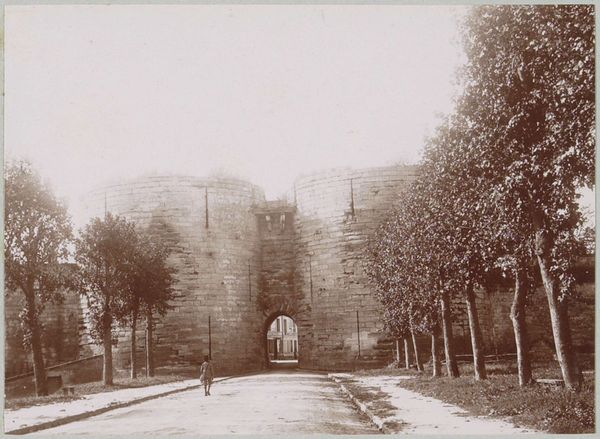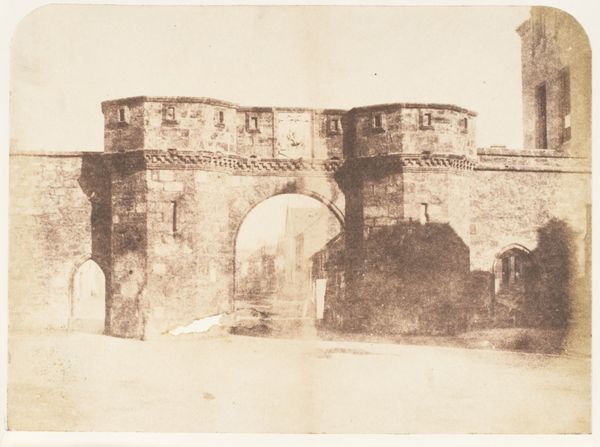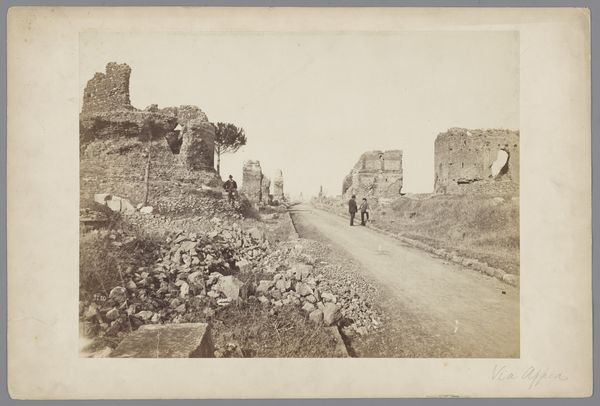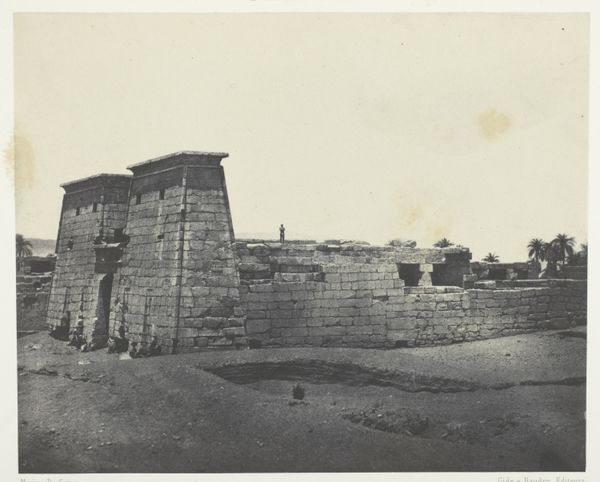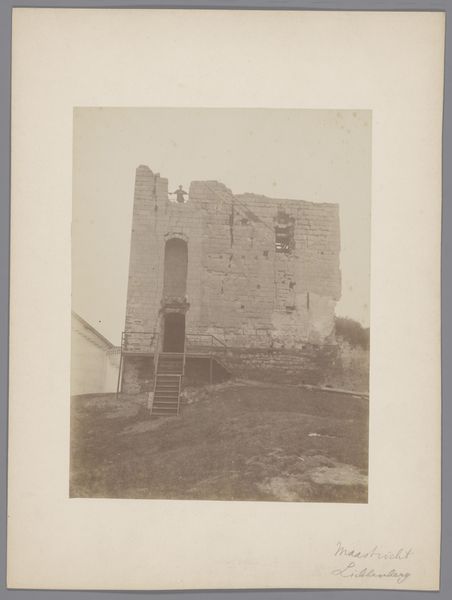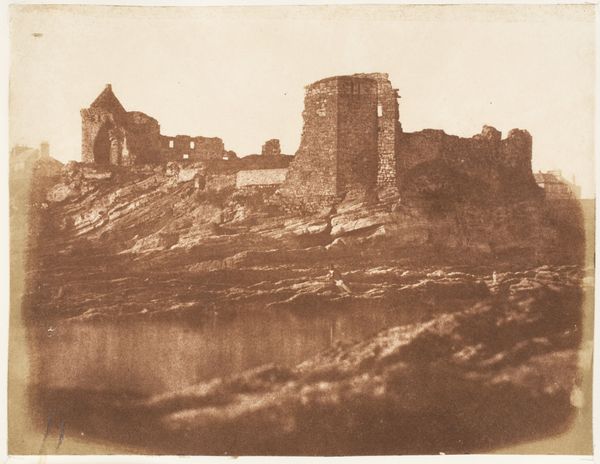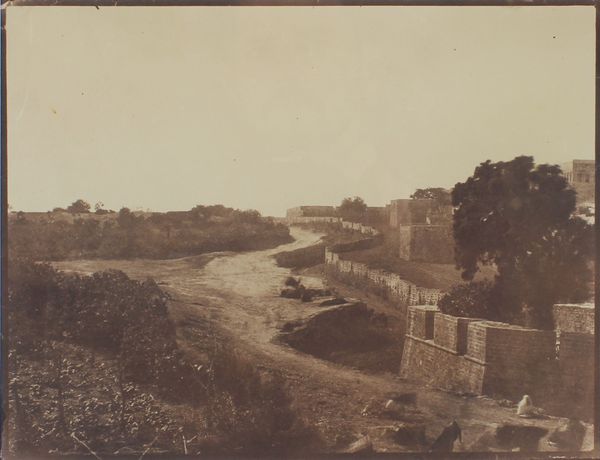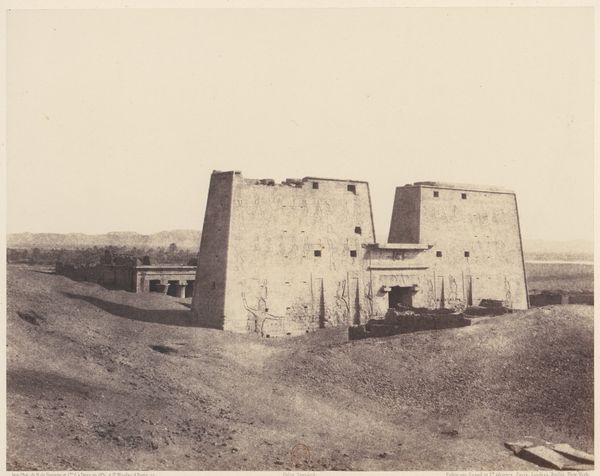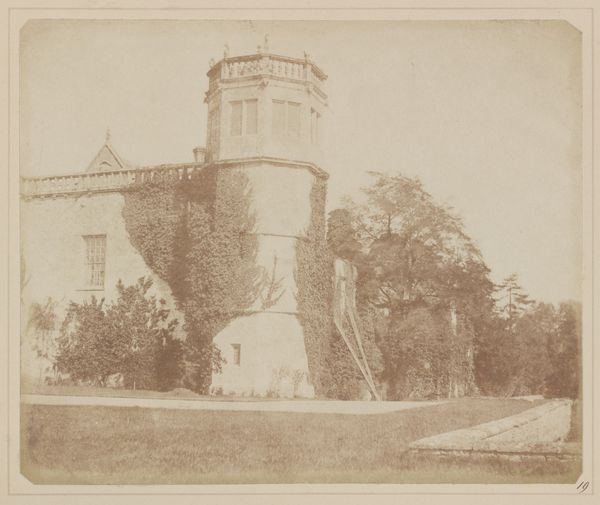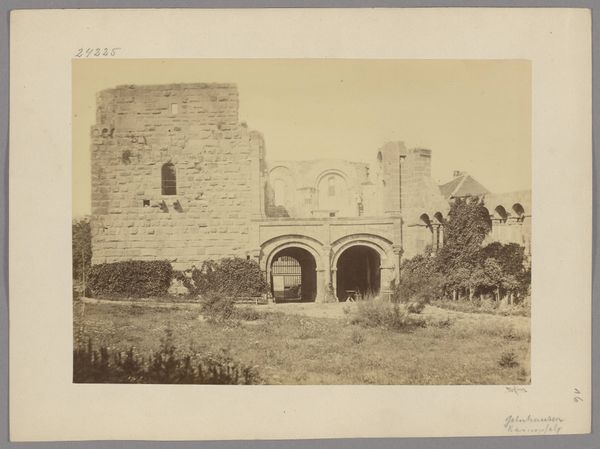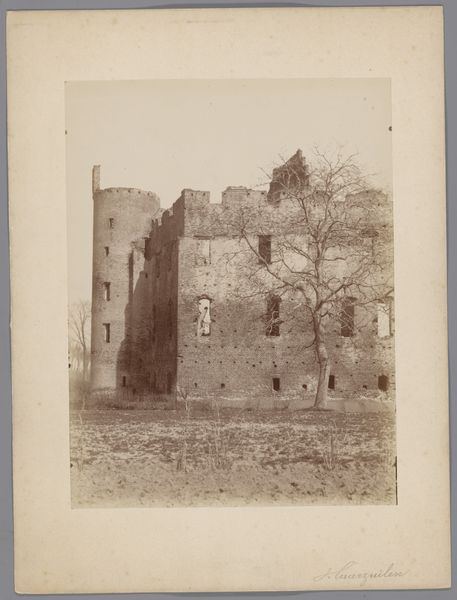
print, daguerreotype, photography, architecture
# print
#
landscape
#
daguerreotype
#
photography
#
cityscape
#
architecture
Copyright: Public Domain
Editor: Here we have "St. Andrews. The Abbey Wall," a photograph, or more specifically a daguerreotype print, created by Hill and Adamson between 1843 and 1847. It feels…stark, almost desolate. The high wall and round tower really dominate the scene. What do you see in this piece, especially considering its historical context? Curator: I see a powerful commentary on power and social control, consciously or unconsciously enacted. Walls inherently signify division and exclusion, and in the context of 19th-century Scotland, they speak to the rigid social hierarchies and the marginalization of certain groups. Consider the Abbey itself, likely a site of religious authority. Who was included, and more importantly, who was excluded by these institutions, both literally and figuratively? Editor: That's a perspective I hadn't fully considered. I was more focused on the aesthetic qualities, the composition and the way the light hits the stonework. Curator: Precisely, but the aesthetic choices are never neutral! The starkness you observed enhances this sense of isolation. Ask yourself: whose perspective are we given? The elevated viewpoint and the presence of a lone figure down the road – who might that individual be, and what does their positioning suggest about their relationship to the Abbey and the surrounding community? Is it someone imprisoned or free? Is the artist complicit with a certain understanding of class or religion, or challenging those norms? Editor: So you’re suggesting the photograph might be making a subtle statement about the church’s influence and societal barriers at that time. Curator: It’s inviting us to consider the narratives that these structures, and the images we create of them, reinforce. How do institutions and architectural spaces maintain privilege and impact the lives of individuals within their shadow? These early photographic technologies were seen to capture “truthfully” but what is this "truth"? Editor: I’m now seeing this image in a totally new light. It’s much more than just an old picture of a wall, it’s an entry point into thinking about history, society, and power. Curator: Indeed, it's about critically examining the visual record, always mindful of whose stories are told, and whose are omitted. Hopefully this inspires listeners to do the same wherever they go.
Comments
No comments
Be the first to comment and join the conversation on the ultimate creative platform.
